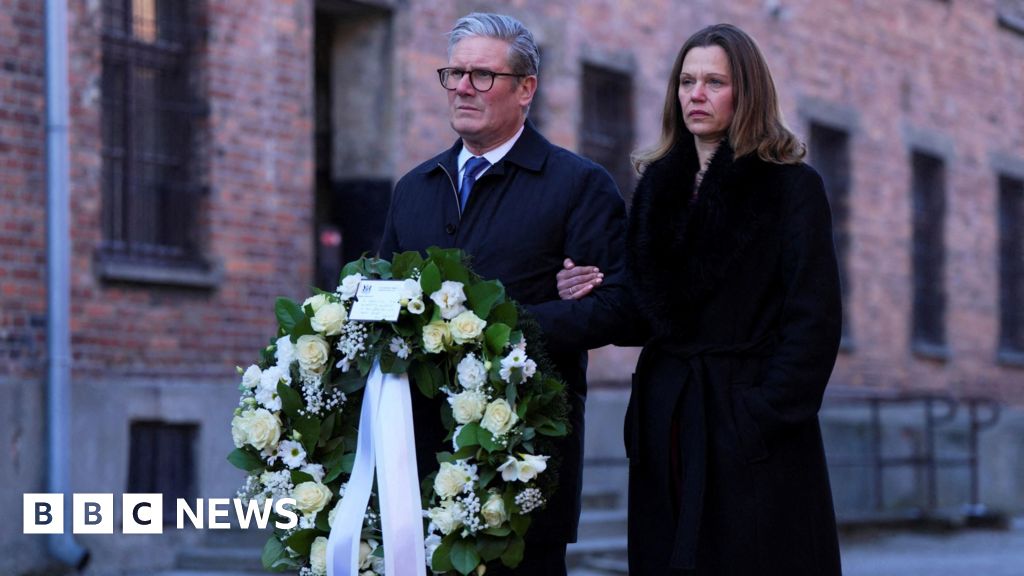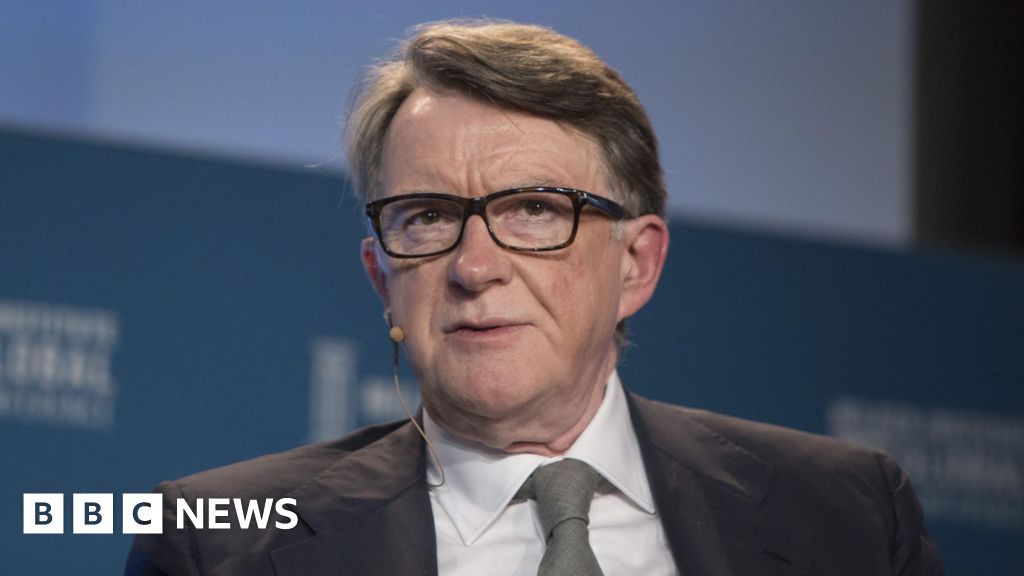ARTICLE AD BOX
10 minutes ago
By Peter Barnes and Christine Jeavans, Senior elections and political analyst, and data journalist

 BBC
BBC
The Conservatives won a large majority of seats at the last general election in 2019.
So it’s not surprising that much of the focus of the campaign this year is in Conservative-held constituencies that Labour are seeking to capture – especially with the polls suggesting they are on course to make gains.
There will also be a lot of interest in Tory seats where the Lib Dems are the main challengers. Reform UK, Plaid Cymru and the Green Party are also aiming to pick up seats.
At least, that’s the situation in England and Wales. In Scotland it’s a different story. The SNP start from a dominant position, holding 48 of the 57 seats being contested, based on new boundaries.
So it will be seats they’re defending where most of the action takes place.
And in Northern Ireland, of course, it’s different parties contesting the election so the pattern is different again.
This map shows the 50 constituencies that require the smallest swing for Labour to take them. In other words, they’re the seats where the smallest number of voters would have to switch for Labour to win.
Forty-seven of them are currently held by the Conservatives and three by the SNP.
If Labour gained all these seats it wouldn’t be nearly enough for them to win a majority but it would, just, deprive the Conservatives of theirs.
One thing that’s very noticeable about the map is that a lot of these top Labour targets are clustered together in particular parts of the country.
Greater Manchester and Lancashire, North Wales and West Yorkshire alone account for a third of them. If you add in West Midlands seats and a cluster in Derbyshire and Nottinghamshire, it takes it up to a half.
Constituencies in this area include Burnley, Labour’s number one target, Clwyd North, Gedling, and Walsall & Bloxwich.
By contrast there very few top targets in the south of England. In many southern counties there are none at all.
Labour need 125 seats for majority
Now let’s look at Labour’s top 125 targets. This is the number of seats they need to gain to win an overall majority, while holding on to the 201 they took in 2019.
It’s still true that all the Scottish seats are currently SNP and all the seats in England and Wales are Conservative with one exception: Ceredigion Preseli which is currently held by Plaid Cymru.
Mostly, it’s the same regions as before that dominate the map. There are 20 targets in the North West, and lots in Yorkshire & The Humber, the East and West Midlands, and Wales.
There’s also a cluster of seats on the northern edge of London and further out on the A1 or M1. Plus quite a few along the south coast including Truro & Falmouth, Bournemouth West, Bournemouth East, East Worthing & Shoreham, and Hastings & Rye.
Scotland
The big difference is that there are now 20 seats highlighted in Scotland – all of them held by the SNP, and overwhelmingly concentrated in the central belt.
They include all the seats in Glasgow, Airdrie & Shotts and Edinburgh North & Leith.
That tells an important story about Labour’s potential path to power. If they can pick up a significant number of SNP-held seats it reduces the swing they need from the Conservatives in England and Wales to win a majority.
Lib Dem targets
It’s not just Labour looking to gain seats from the Conservatives. This map shows the Liberal Democrats top 30 target seats, again based on the swing they need to win.
It includes three constituencies that did have a Lib Dem MP but where the boundary changes mean another party is now notionally defending the seat: Caithness Sutherland & Easter Ross, North East Fife - now both SNP under the boundary changes - and Westmorland & Lonsdale, now notionally Conservative-held.
In England and Wales most of the Lib Dem targets are Conservative seats. And in Scotland they’re all SNP seats.
The Lib Dems’ top targets are also geographically concentrated – in particular in south west London and Surrey, but more generally across the south east of England.
Some of them are seats that have elected Conservative MPs for decades, including Esher & Walton, Woking, and Didcot & Wantage.
Reform UK, Greens and Plaid Cymru
For the Green Party and Reform UK the first past the post system used at Westminster elections makes it hard to turn support across the country into seats in Parliament. So both parties are concentrating on a relatively small number of seats.
The Greens say they have four principal targets: Brighton Pavilion, which they already control, Bristol Central, Waveney Valley and North Herefordshire.
Reform UK’s campaign is focused on seats where either they, or predecessor parties, have done well before, including Hartlepool, Boston & Skegness, Clacton and the two seats in Barnsley where they came second in 2019.
Plaid Cymru’s top targets are Ynys Môn and Caerfyrddin. Both of them are three way battles with the Conservatives and Labour.
Conservatives and SNP
Of course, the Conservatives and SNP would ideally like to gain additional seats – not just defend the ones they already have.
Opinion polls suggest this will be tricky but their best chances are likely to be where they start off with the smallest deficit to make up.
You can see those seats in the table below.
And you also can’t rule out seats with big majorities changing hands.
That has been a fairly common occurrence at recent general elections and many polls suggest Labour could end up gaining seats much further down the target list than the 125 they need for a majority.
Of course, there’s always a possibility that the polls are wrong - or there could be a significant shift late on in the campaign - which would mean different seats could be in play.
And there’s no guarantee that different nations and regions of Britain will show a consistent pattern.
Northern Ireland
In Northern Ireland all the main parties are involved in the battleground seats either as defender or challenger – and six of the 18 seats have majorities under 10%.
Fermanagh & South Tyrone has been the most marginal constituency across the whole of the UK twice in recent elections, and nobody has won it by more than 1,000 votes since 2005.
It’s looking like another close battle there between Sinn Féin and the Ulster Unionist party.
Belfast East will be watched particularly intently. The DUP’s interim leader, Gavin Robinson, is defending the marginal seat against Alliance Party leader Naomi Long.
The other candidates are Séamas de Faoite for the SDLP, John Ross for the TUV and Brian Smyth for the Greens.

 6 months ago
25
6 months ago
25








 English (US) ·
English (US) ·